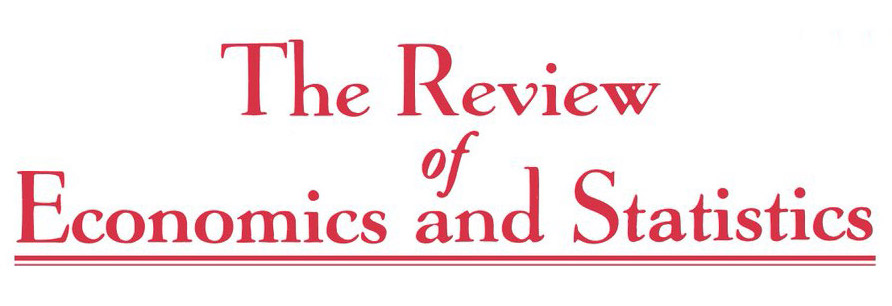
Paper abstract
This paper provides new insights on the relationship between structural change and the fertility transition. We exploit the spread of an agricultural pest in the American South in the 1890s as plausibly exogenous variation in agricultural production to establish a causal link between earnings opportunities in agriculture and fertility. Households staying in agriculture reduced fertility because children are a normal good, while households switching to manufacturing reduced fertility because of the higher opportunity costs of raising children. The lower earnings opportunities in agriculture also decreased the value of child labor which increased schooling, consistent with a quantity-quality model of fertility.
See this paper on the REST website.
Also featured on VoxEU!
A more in-depth summary of the paper is available in the VoxEU column “From the farm to the factory floor: How the structural transformation triggered the fertility transition.”
About the authors

Philipp Ager ’08 is an Associate Professor of Economics, University of Southern Denmark and CEPR Research Affiliate. He is an alum of the Barcelona GSE Master’s in Economics.

Benedikt Herz ’08 is member of the Chief Economist’s Team, European Commission Directorate-General for Internal Market and Industry. He is an alum of the Barcelona GSE Master’s in Economics.
